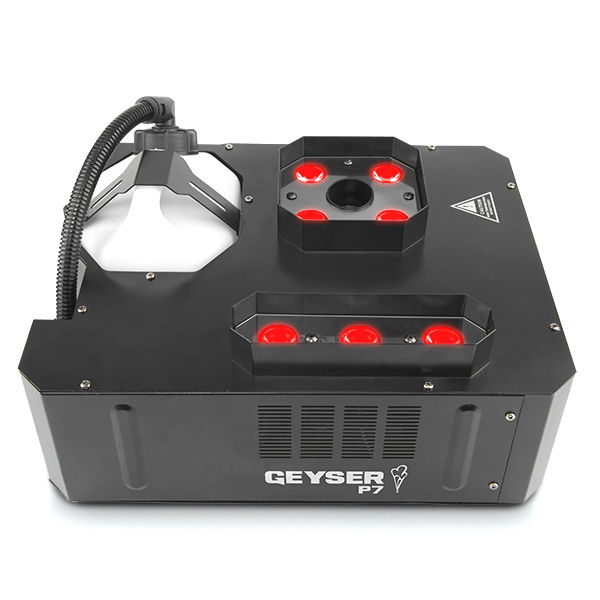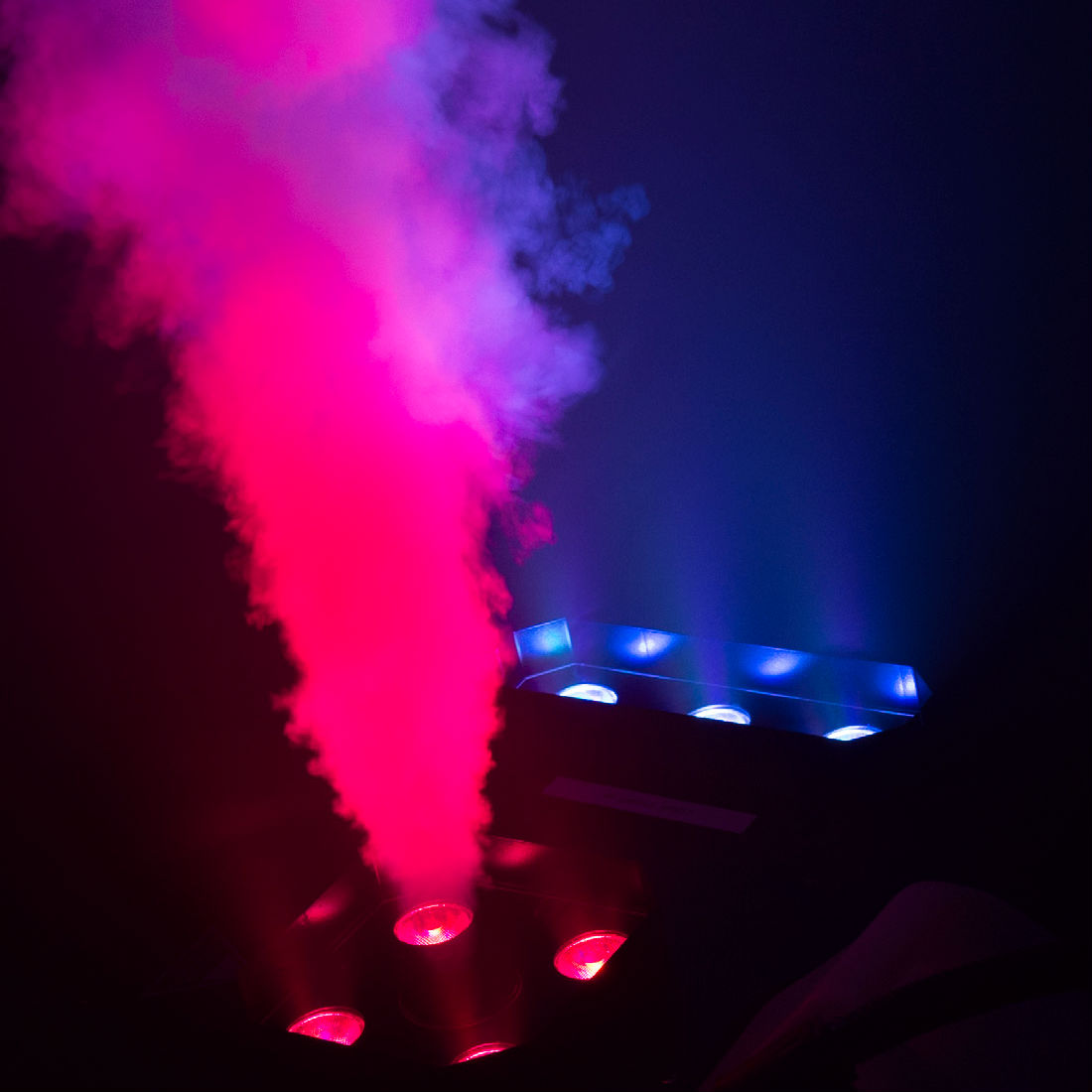Bubblestuff
Despite the fact that soap bubbles have been with us for hundreds of years, they are still a relatively new effect in the theatre. This is a fact that the inventive designer will use to his advantage. Remember that novelty is one of the things that makes a special effect special; the less an audience has seen an effect, the larger an effect it will have.
Understanding how soap bubbles work may help you to get the best effects out of them in your production. Let's start with basics, then. Why are bubbles round? The answer, it seems, is found in geometry.
A soap bubble is comprised of a volume of air contained in a "skin" of soap and water. This skin is very stretchy, you can see this by slowly blowing a bubble but stopping before it's released from the bubble wand. The proto-bubble will shrink back down into the wand. This is because the stretchy skin of the bubble is constantly trying to shrink to the smallest possible surface area.
In the bubble wand, the area inside of the wand determines the surface area that the bubble "skin" will occupy. The fluid is held in whatever shape and size the bubble wand happens to be. When you blow a bubble, the stretchy skin of the bubble is released from the constraints of the bubble wand and again tries to shrink to the smallest possible surface area. Now the limiting factor becomes the air trapped inside the bubble. As it turns out, the geometric shape that will contain any given volume with the smallest possible surface area is a sphere. The bubble, then, will form a sphere no matter what shape the wand that produces it is.
Why do bubbles pop? Bubbles will pop for many reasons - evaporation of the water content, or air turbulence, or (most commonly) contact with a dry surface or dry air. When a bubble comes into contact with a dry object or surface, the water in the bubble skin flows out of the bubble; this causes the bubble wall to become thinner and thinner until a hole forms somewhere on the surface. Once a hole is formed, the surface tension pulls it open more and more until...pop!
Now that we've looked at how a bubble is created, and why it pops, I'd like to offer some tips for getting better effects with your bubble machine.
While bubbles are very light, they are still slightly heavier than the air around them. This means that they will tend to fall once they've been blown out of the machine. Mounting the bubble machine as high as possible, then, will increase both the size and the duration of the effect. If you are mounting the machine permanently, say for use in a nightclub, be sure that you will have easy access to the machine to fill the fluid tray. In these applications, mounting the machine up high also has the advantage of keeping it away from flailing patrons.
You may wish to increase the area that the bubbles cover if, for example, you want to cover the entire stage for a transition into a dream sequence. Simply mounting a small fan underneath the bubble machine can do this. Use this option with caution, however, because the fan will dry the bubbles more quickly and increase air turbulence, causing them to pop sooner. (Use of high quality fluid, such as Theatre Effects Bubble Fluid, is really a must here.)
Bubble effects can be used in many situations where one might normally use a fog effect. Try using bubbles to cover the entrance of a "magical" character in your show; they work particularly well for Glinda the Good Witch in "The Wizard of Oz". You can also use bubbles to signify a transition from a realistic scene into a dream sequence or altered reality, as in Tony and Maria's dance in "West Side Story". Whatever use you find for them, incorporating bubbles into your show will add an effect the audience likely hasn't seen before, in addition to limiting the overuse of "standard" effects like fog and strobe lights. And, as I've said, keeping it new and fresh is what puts the special in "special" effects.
*********************************************
Theatre Effects Customer Service Department
service@theatrefx.com
www.theatrefx.com
Theatre Effects, 1810 Airport Exchange Blvd. #400, Erlanger, KY 41018
Phone: 1-800-791-7646 or 513-772-7646 Fax: 513-772-3579









